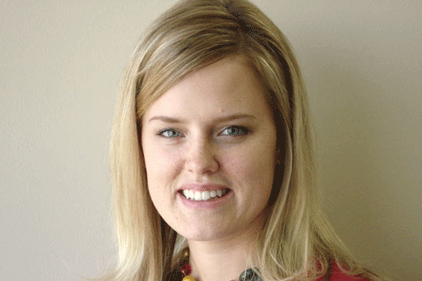Planning and communication took L.A.’s “Carmageddon” from a potentially disastrous main event to a successful non-event. The security industry does the same thing every day.
“Carmageddon” — It sounded so ominous the first time I heard about it. Out here in California, that topic has been on every news broadcast, publicized on signs along the freeways and roads and a prominent topic on websites and social media outlets for several weeks now. And it even made national news. “Carmageddon” is the name given to the Los Angeles County Metropolitan Transportation Authority’s decision to shut down a 10-mile stretch of the nation’s busiest highway, Interstate 405, for a projected 53 hours in order to demolish an overpass bridge as part of a $1 billion reconstruction project. That area handles a half-million vehicles on a typical day and is already a constant traffic bottleneck. There were a lot of variables to manage for success, but, in the end, the predicted epic chaos and traffic jams didn’t materialize and the highway opened ahead of schedule. Los Angeles Mayor Antonio Villaraigosa credited project contractor Kiewit Infrastructure West for its planning and hard work, and also credited the news outlets for spreading word about the closure.
“This weekend was more of a ‘Carmaheaven’ than a Carmageddon,” Villaraigosa said in a statement.
Los Angeles County Metropolitan Transportation Authority spokesman Dave Sotero also attributed the smooth outcome to cooperation among law enforcement agencies, city governments, transit authorities and more, who all worked to spread the word about the impending shutdown.
It took months to plan, and the focus on planning and careful execution paid off. I was definitely impressed.
Every year when I profile the winners of the Central Station Alarm Association (CSAA) Excellence Awards, I’m impressed as well. This year, hearing the stories from the winners I couldn’t help but notice their same attention to planning and execution on every level, from the basic task of showing up to work on time to managing immense projects.
Planning has helped Rodney Freeman, Central Station Operator of the Year Honoree, put together nine perfect years of attendance.
“Those that don’t plan, plan to fail, so if we have a snow day or whatever, I always have a plan of action. My work here is always important, and that’s worth being on time,” Freeman shared with me.
Central Station Manager of the Year, Amy Jo Feliciano of Engineered Protection Systems Inc. (EPS), Grand Rapids, Mich., worked to overhaul and redesign EPS’s central station from top to bottom, flawlessly navigating the transfer from the old central station to the new one, much like the Los Angeles County Metropolitan Transportation Authority navigated displacing the traffic on the 405 for an entire weekend. Listening to her describe the move, I was impressed by her strategic, detail-oriented approach. It paid off with a move the company describes as “smooth.”
Even the Central Station Dealer of the Year, Diebold Inc., Uniontown, Ohio, successfully managed a major project, taking on the task of installing new alarm panels at more than 7,000 locations within a seven-month time period. With a precise strategy, the central station tested and verified installations at more than 1000 locations per month and successfully met its project deadline.
Those are just a few of the projects this year’s winners managed to perfection. Read the profiles of all the winners in “Relentless Growth,” on page 43.
Of course, one successful project completion only means it is time to start planning all over again for another project. In California, attention is already being turned to the other side of the freeway — due to be demolished in about 11 months (Oh, boy!). And throughout the industry there are more alarms events to resolve, installations to complete, acquired accounts to seamlessly transfer, central stations to upgrade, and so much more.
Now if only every successful project everyone undertook came with the $300,000 bonus Kiewit will receive for its early completion of “Carmageddon.”
| Inside August 2011's Issue |
|
As more homeowners say “Adios” to traditional phone service, dealers are rethinking how they market and sell cellular alarm systems. Joan Engebretson investigates how to operate a successful customer-conversion program from POTS to wireless alarm signal transmission in “When Selling the Cell." We look forward to seeing those of you attending CEDIA in Indianapolis, Sept. 5-7, 2011. Please consider adding SDM, Booth 3508, as a stop on your agenda. Also SDM’s Monitoring Guide, which showcases services, listings and certifications offered by monitoring service firms across North America can be found in this issue. |



